Yusuke Ogura
Spatial-photonic Boltzmann machines: low-rank combinatorial optimization and statistical learning by spatial light modulation
Mar 27, 2023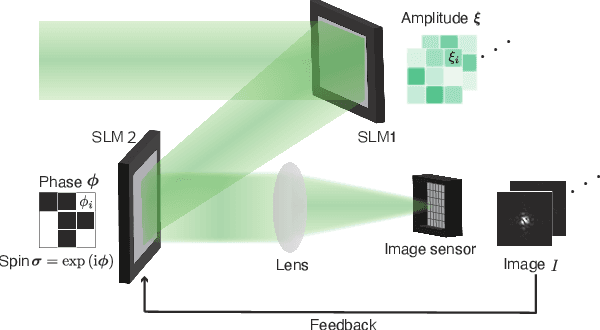
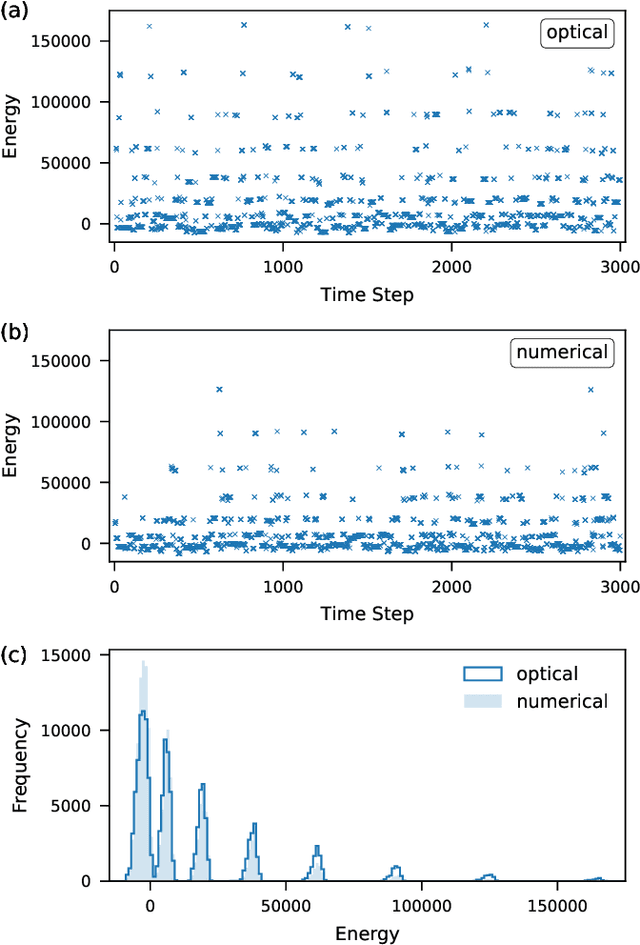
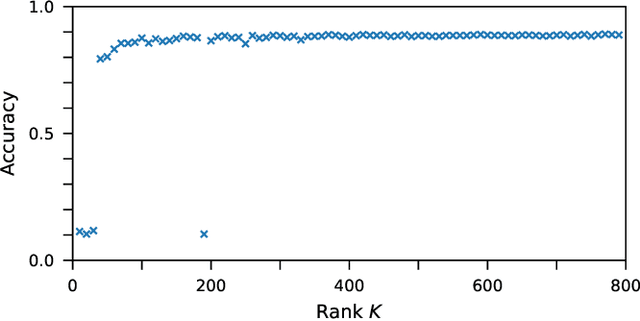
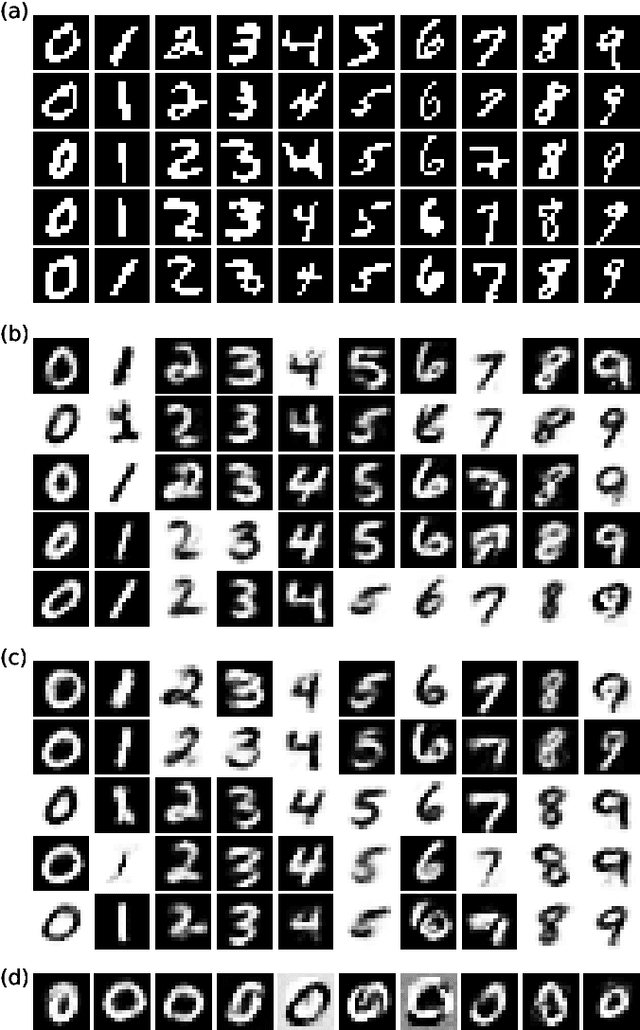
Abstract:The spatial-photonic Ising machine (SPIM) [D. Pierangeli et al., Phys. Rev. Lett. 122, 213902 (2019)] is a promising optical architecture utilizing spatial light modulation for solving large-scale combinatorial optimization problems efficiently. However, the SPIM can accommodate Ising problems with only rank-one interaction matrices, which limits its applicability to various real-world problems. In this Letter, we propose a new computing model for the SPIM that can accommodate any Ising problem without changing its optical implementation. The proposed model is particularly efficient for Ising problems with low-rank interaction matrices, such as knapsack problems. Moreover, the model acquires learning ability and can thus be termed a spatial-photonic Boltzmann machine (SPBM). We demonstrate that learning, classification, and sampling of the MNIST handwritten digit images are achieved efficiently using SPBMs with low-rank interactions. Thus, the proposed SPBM model exhibits higher practical applicability to various problems of combinatorial optimization and statistical learning, without losing the scalability inherent in the SPIM architecture.
Case-based similar image retrieval for weakly annotated large histopathological images of malignant lymphoma using deep metric learning
Jul 09, 2021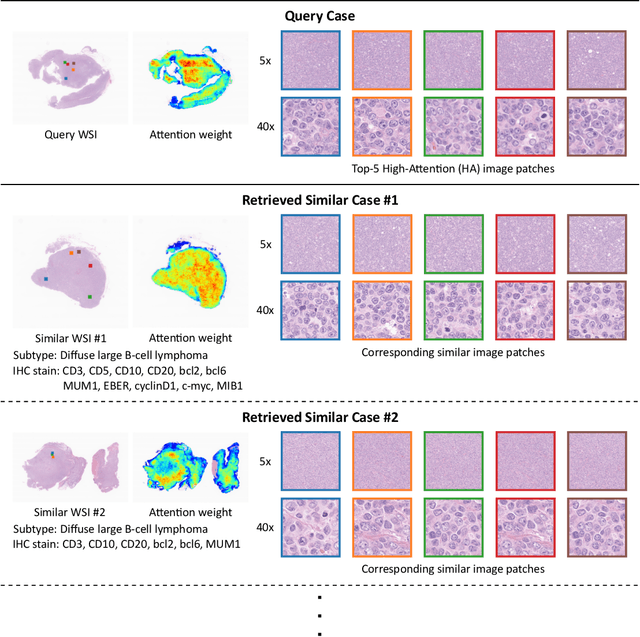

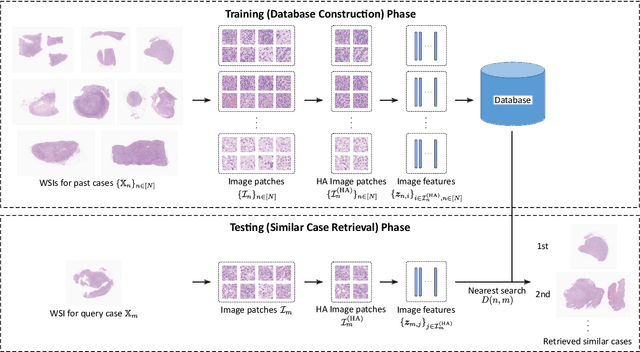

Abstract:In the present study, we propose a novel case-based similar image retrieval (SIR) method for hematoxylin and eosin (H&E)-stained histopathological images of malignant lymphoma. When a whole slide image (WSI) is used as an input query, it is desirable to be able to retrieve similar cases by focusing on image patches in pathologically important regions such as tumor cells. To address this problem, we employ attention-based multiple instance learning, which enables us to focus on tumor-specific regions when the similarity between cases is computed. Moreover, we employ contrastive distance metric learning to incorporate immunohistochemical (IHC) staining patterns as useful supervised information for defining appropriate similarity between heterogeneous malignant lymphoma cases. In the experiment with 249 malignant lymphoma patients, we confirmed that the proposed method exhibited higher evaluation measures than the baseline case-based SIR methods. Furthermore, the subjective evaluation by pathologists revealed that our similarity measure using IHC staining patterns is appropriate for representing the similarity of H&E-stained tissue images for malignant lymphoma.
 Add to Chrome
Add to Chrome Add to Firefox
Add to Firefox Add to Edge
Add to Edge